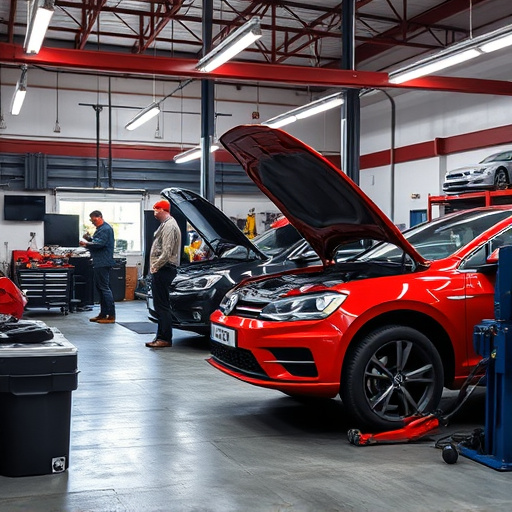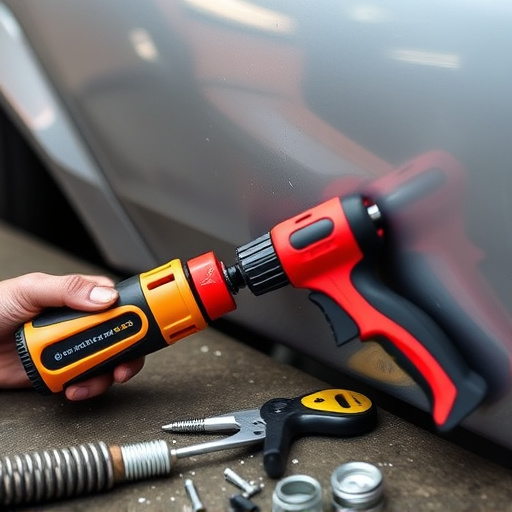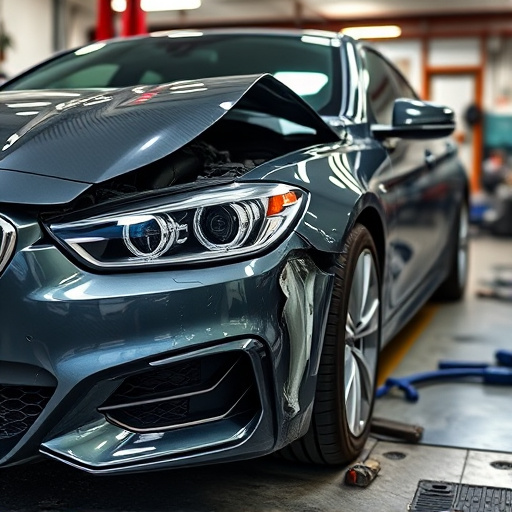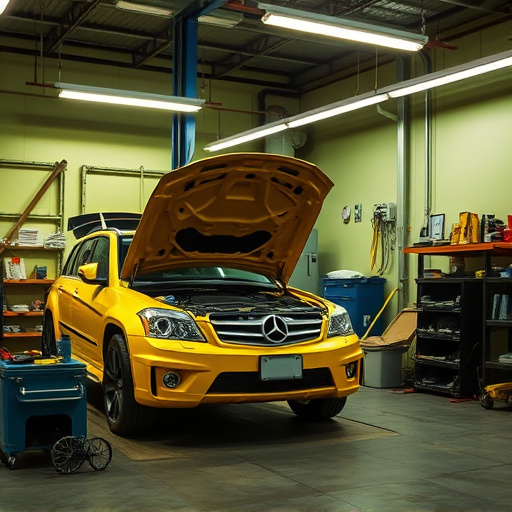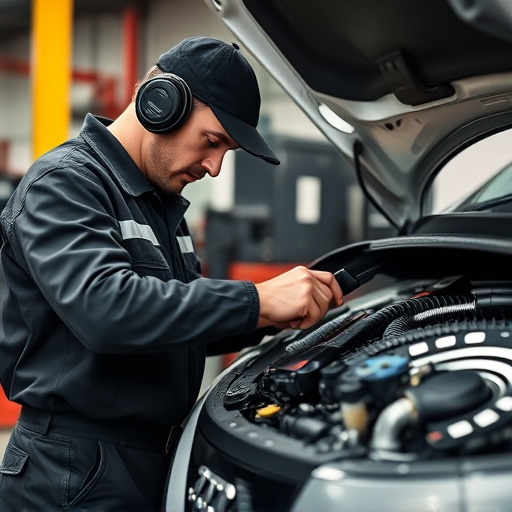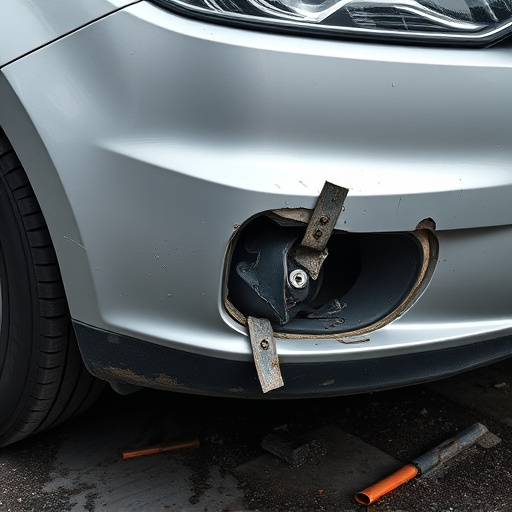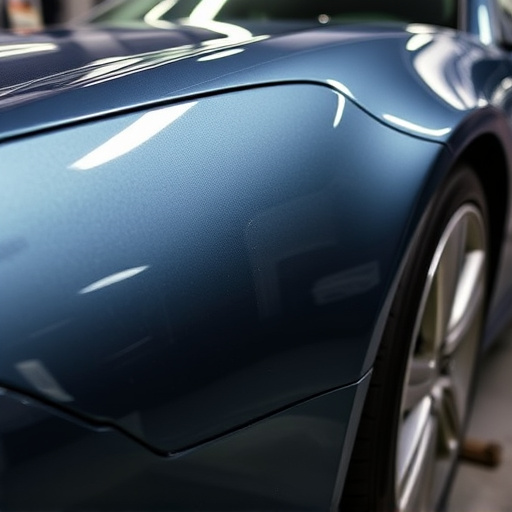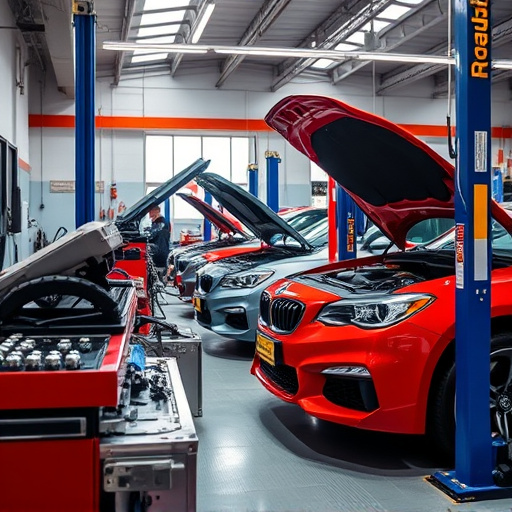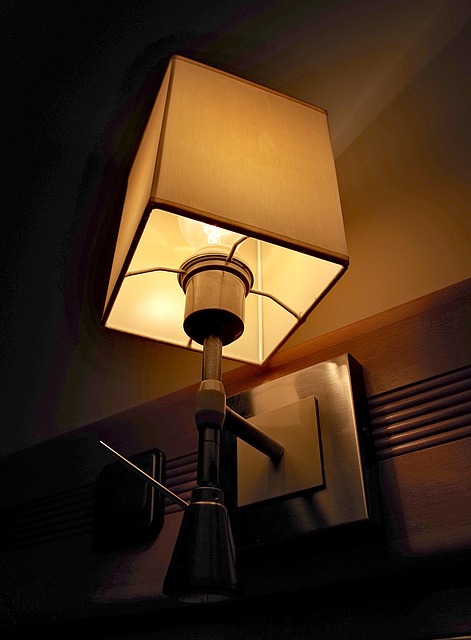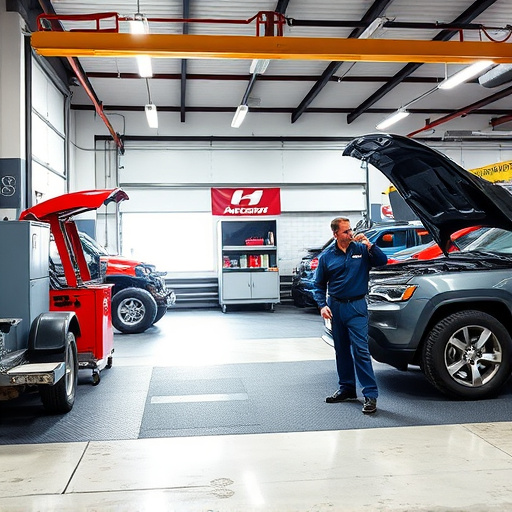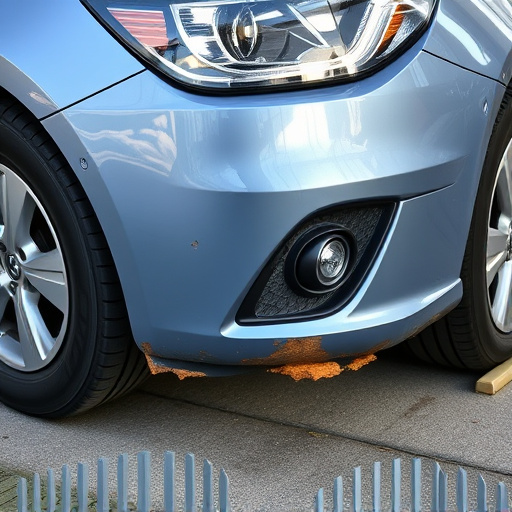Tesla PPF repair requires precise temperature control (65°F-75°F) and specialized tools to avoid damage. Extreme heat or cold can cause film shrinkage, bubbling, or cracking, compromising protection. Skilled technicians use specific techniques like warming the film with a heat gun and dedicated cleaners for flawless results, adhering to high standards comparable to Mercedes Benz collision repair.
Tesla’s Paint Protection Film (PPF) has become a popular choice for vehicle owners seeking scratch-resistant and UV-protective finishes. However, repairing this protective layer presents unique challenges due to its sensitive nature. This article delves into the intricacies of Tesla PPF repair, focusing on the critical role of temperature control in achieving optimal results. By understanding the science behind PPF restoration, we’ll explore best practices to ensure effective repairs and maintain the vehicle’s aesthetic appeal.
- Understanding Tesla PPF Repair Challenges
- The Role of Temperature Control in PPF Restoration
- Best Practices for Effective PPF Repair
Understanding Tesla PPF Repair Challenges
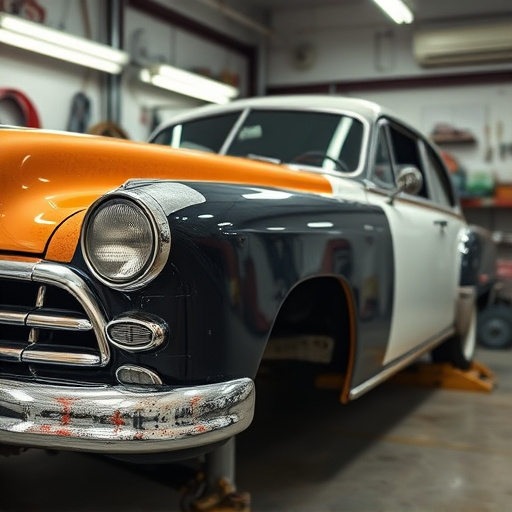
Tesla PPF (paint protection film) repair presents unique challenges due to its specialized nature. Unlike traditional auto painting or even regular car body shop repairs, PPF involves a delicate process that requires precision and temperature control. This is because PPF films are typically made of thin, clear polyurethanes designed to shield the vehicle’s paint from scratches, chips, and environmental contaminants.
During repair, maintaining the correct temperature is critical to prevent damaging the film or the underlying paint. Moreover, repairing a Tesla PPF requires specialized tools and knowledge, as even slight missteps can lead to unsightly bubbles, wrinkles, or discoloration. For those engaging in classic car restoration or auto glass repair tasks involving PPF, understanding these challenges and having the right equipment is paramount for achieving a flawless finish that protects and enhances the vehicle’s aesthetic appeal.
The Role of Temperature Control in PPF Restoration
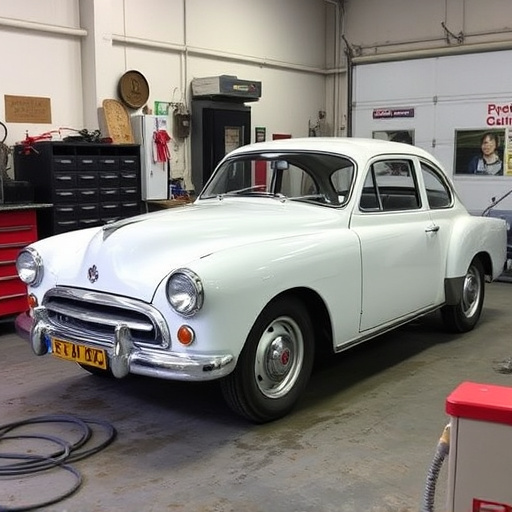
The role of temperature control is pivotal in Tesla PPF (paint protection film) repair, a process that demands precision and expertise. In the realm of car repair shop services, especially for collision repair, maintaining optimal temperatures ensures the integrity of the PPF during restoration. This is crucial as extreme heat or cold can cause the film to shrink, bubble, or crack, compromising its protective abilities.
For effective Tesla PPF repair, temperature-controlled environments are essential. This meticulous approach guarantees that the film adheres perfectly to the vehicle’s surface, providing long-lasting protection against road hazards. Skilled technicians in collision repair understand this, leveraging specialized equipment and techniques to regulate temperatures during the restoration process, ensuring both the aesthetics and structural integrity of the vehicle remain intact.
Best Practices for Effective PPF Repair
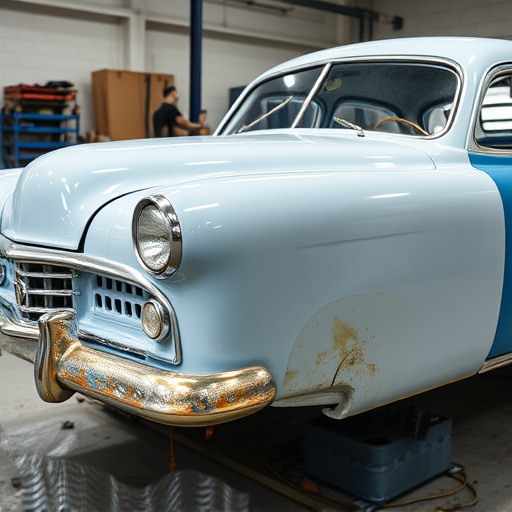
When it comes to Tesla PPF (paint protection film) repair, temperature control is a critical component for achieving effective and long-lasting results. The ideal environment for PPF repair involves maintaining consistent temperatures between 65°F and 75°F (18°C to 24°C). This range ensures that the film adheres properly without causing any warping or discoloration, which can occur at extreme temperatures.
Best practices for Tesla PPF repair involve preparing the surface meticulously, cleaning it thoroughly with a dedicated PPF cleaner, and using a heat gun set to a moderate temperature (around 120°F or 49°C) to warm the film slightly before application. Additionally, working in a well-ventilated area is essential to prevent the buildup of harmful fumes from solvents used during the repair process. For those looking to ensure their Tesla’s exterior remains pristine, considering these practices can significantly impact the overall quality of PPF repair work, making it comparable to top-tier Mercedes Benz collision repair standards or even surpassing them for auto glass replacement scenarios.
In conclusion, effective Tesla PPF (paint protection film) repair necessitates a deep understanding of temperature control. By mastering this aspect, technicians can significantly improve the outcome and longevity of PPF restoration. Following best practices ensures precise and efficient repairs, preserving the vehicle’s protective barrier against environmental damages. Temperature-conscious methods are the key to maintaining the integrity of Tesla’s innovative paint protection film technology.
